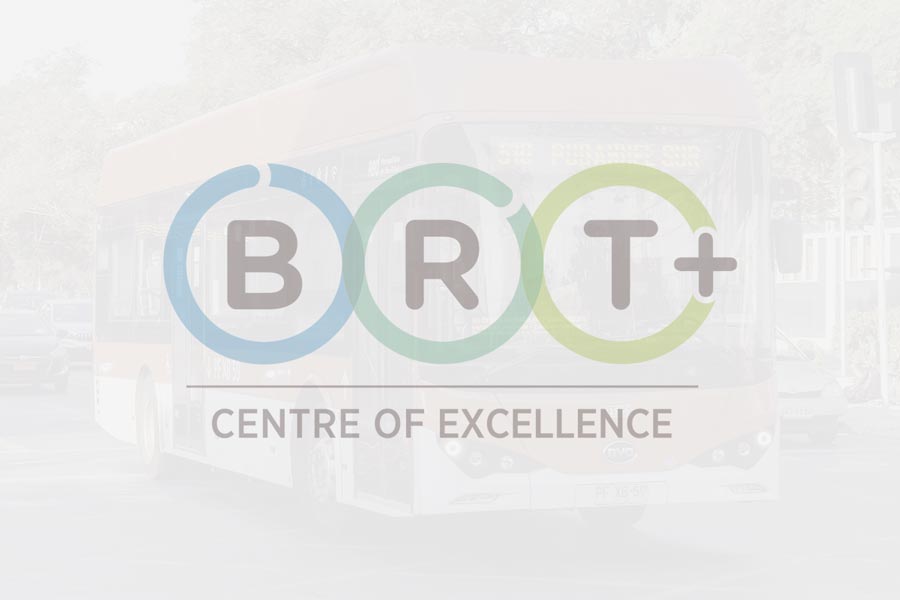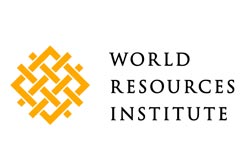With gas prices rising and family budgets strained, more commuters are looking for efficient ways to get to work without a car. But are America’s transit networks up to the task? To find out, the Brookings Institution analyzed 100 metro areas in the U.S. to see which cities are getting it right and which aren’t.
Source: TIME
With gas prices rising and jobs still scarce, more commuters are looking for efficient ways to get to work without a car. But are America’s transit systems up to the task? To find out, the Brookings Institution looked at U.S. public transportation systems in the nation’s 100 largest metro areas and analyzed which cities were best at getting their residents to their workplaces in a timely and cost-effective manner. By researching coverage, service frequency and percent of total employed residents who can use public transportation, the report aimed to rank cities based on the most convenient overall commute. Take a look at the 20 cities with the best and worst job access via city transit systems — the number one metro area might surprise you.
Best Cities:
| Region | Percent of working-age residents near a transit stop | Median wait (minutes) for any rush hour transit vehicle | Percent of jobs reachable via transit in 90 minutes |
| 1. Honolulu, Hawaii | 97% | 9.0 | 60% |
| 2. San Jose-Sunnyvale-Santa Clara, California | 96% | 6.9 | 58% |
| 3. Salt Lake City, Utah | 89% | 8.5 | 59% |
| 4. Tucson, Arizona | 73% | 9.2 | 57% |
| 5. Fresno, California | 72% | 10.7 | 57% |
| 6. Denver-Aurora-Broomfield, Colorado | 84% | 8.1 | 47% |
| 7. Albuquerque, New Mexico | 73% | 14.0 | 53% |
| 8. Las Vegas-Paradise, Nevada | 86% | 11.1 | 44% |
| 9. Provo-Orem, Utah | 73% | 14.1 | 48% |
| 10. Modesto, California | 90% | 18.0 | 38% |
Worst Cities:
| Region | Percent of working-age residents near a transit stop | Median wait (minutes) for any rush hour transit vehicle | Percent of jobs reachable via transit in 90 minutes |
| 1. Knoxville, Tennessee | 28% | 18.3 | 25% |
| 2. Riverside-San Bernardino-Ontario, California | 77% | 16.3 | 8% |
| 3. Youngstown-Warren-Boardman, Ohio | 36% | 27.0 | 14% |
| 4. Augusta-Richmond County, Georgia | 30% | 27.9 | 16% |
| 5. Palm Bay-Melbourne-Titusville, Florida | 64% | 38.4 | 7% |
| 6. Poughkeepsie-Newburgh-Middletown, New York | 46% | 51.0 | 8% |
| 7. Birmingham-Hoover, Alabama | 32% | 24.1 | 23% |
| 8. Greenville-Mauldin-Easley, South Carolina | 28% | 28.3 | 29% |
| 9. Richmond, Virginia | 31% | 13.7 | 27% |
| 10. Atlanta-Sandy Springs-Marietta, Georgia | 38% | 10.2 | 22% |
See the full Brookings report.
¿Comments? ¿Opinions? ¿Similar News? Send them to us!













